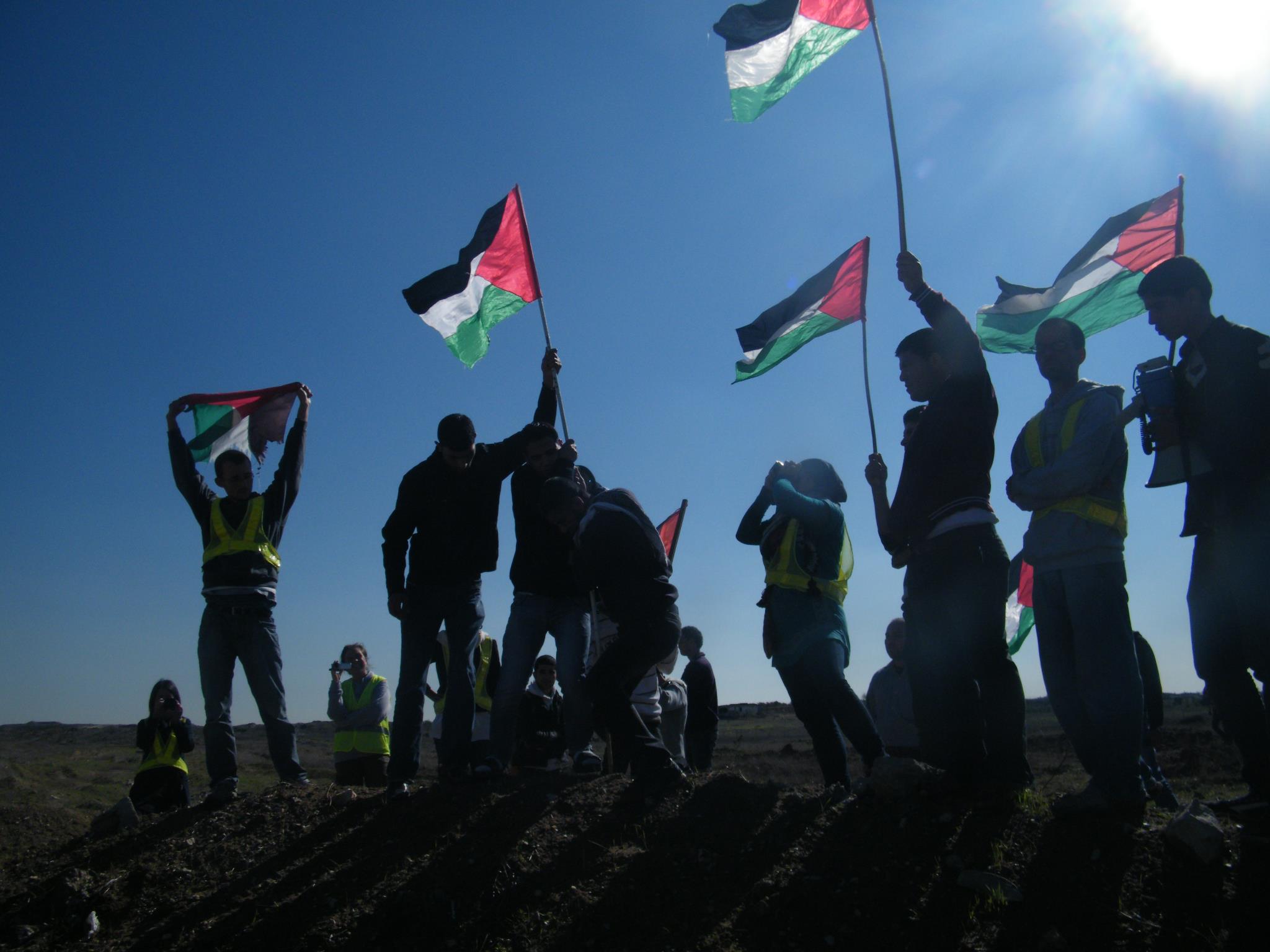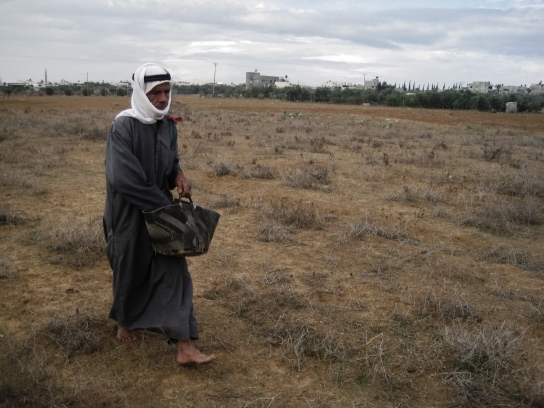Tag: Buffer Zone
-
No go zone protest in Beit Hanoun
by Nathan Stuckey 24 November 2011 | International Solidarity Movement, Gaza We gathered in the road in front of the Agricultural College of Beit Hanoun, the same place that we gather every week. There were about forty people, members of the Beit Hanoun Local Initiative, the International Solidarity Movement and citizens of Beit Hanoun. Like…
-
Sowing wheat in Israel’s kill zone
by Radhika Sainath 22 November 2011 | Notes from Behind the Blockade One need not be an agronomist to know that its been a long time since the farmers of Khuza’a, Gaza have tended to their land near the border. When we arrived on Friday, the densely packed soil formed small hills with alien, ridged,…
-
Gaza lives on
16 November 2011 | Al Jazeera English The Israeli blockade may have taken a heavy toll on Gazans, but this film reveals life and hope among the devastation. Since 2007, most of the approximately 1.5 million Palestinians living in the Gaza Strip have suffered gravely from an intensified land, air and sea blockade imposed by Israel.…


